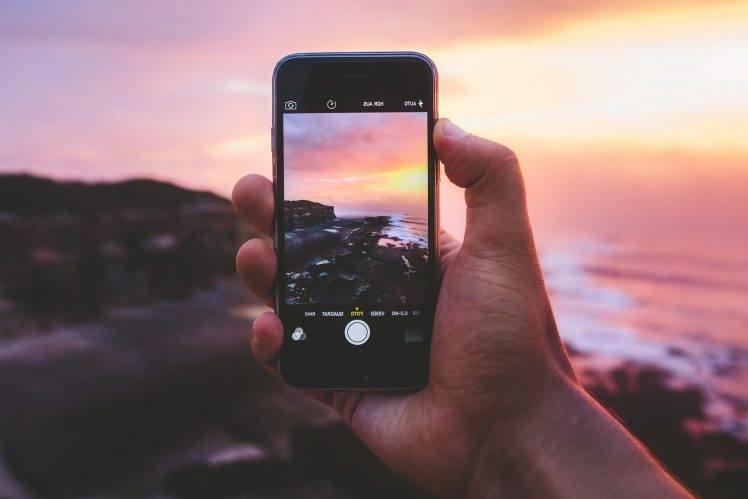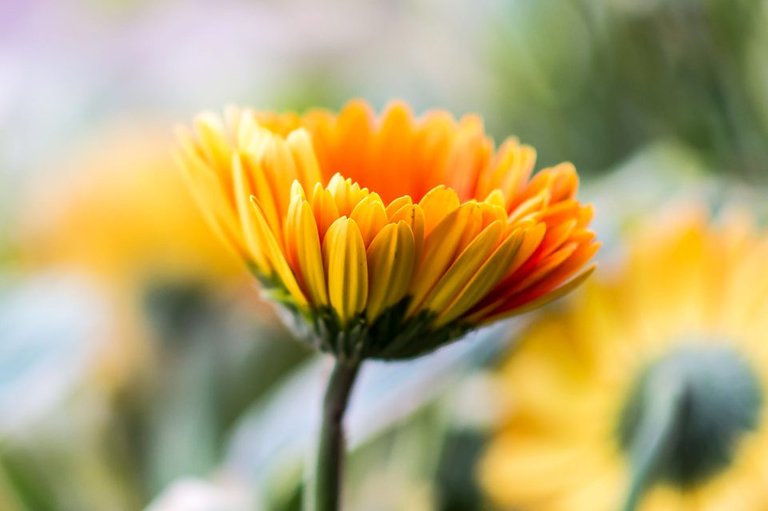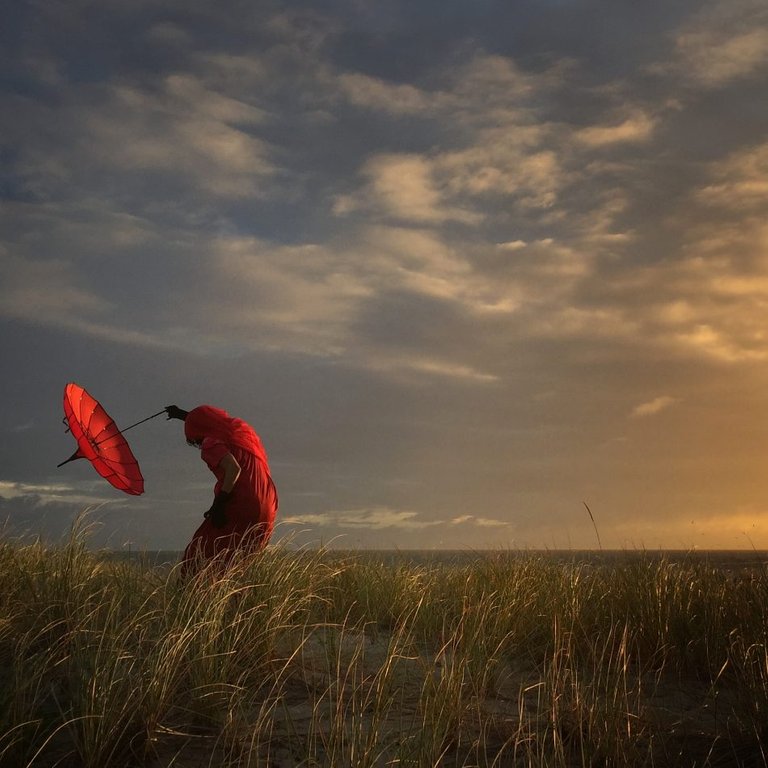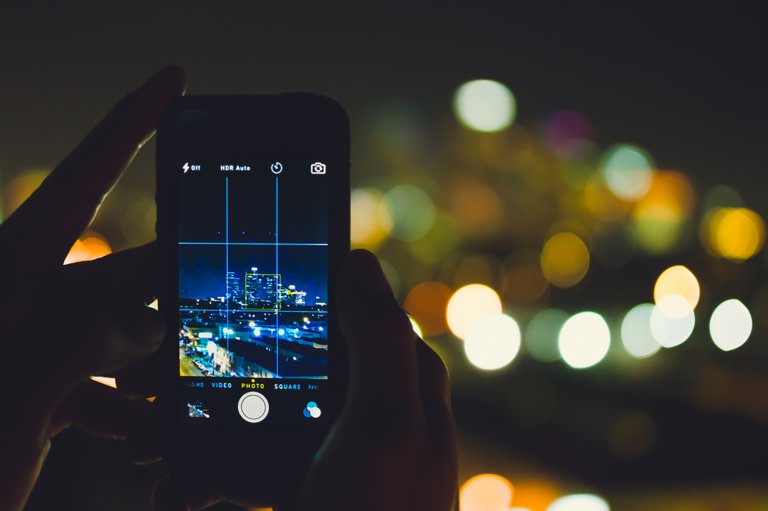
Capture the most beautiful moments of the sunset or sunrise in nature. Here are some tricks on how to be more successful when making photos with your smartphone.
National Geographic photographer Jim Richardson is the author of some of the best photography advice that has been ever given:
“If you want to be a better photographer, stand in front of more interesting stuff.”
Nature is full of surprises, and thanks to the smartphones with pretty-good-quality camera that we always have with us those moments can easily be saved.
But even the less attractive and surprising location can be very photogenic in the right circumstances. Here we bring you a few quick tips to help you get the best out of what the nature is offering in your next nature adventure.

Pick the best time of day
Taste is the main marker in defining which situation satisfy the criteria of “good” light, but it is good to have in mind that even a truly breathtaking view can be ruined by overhead light.
If you want warm illumination on the photos, schedule to get to your location around the start of golden hour, which is roughly an hour before sunrise and then again before sunset.
Using an app like the handy Photo Pills will let you know what exactly to expect from the sun at any part during the day. If you are more about the free apps you can try a web-based utilities like golden-hour.com.

Straighten out the horizon
A bent horizon is not what you want when taking a photo in nature. It can be one of the main causes for ruining the landscape shot. The conditions in a particular moment do not always permit to get it exactly right when you shoot it, but take the needed time to straighten things up before capturing the moment.Using HDR mode is recommended
Photographing a landscape is a great opportunity to set the HDR mode in your camera app. It may be enabled by default, if not you can turn it on manually in your camera app settings. Its role is to take several photos in rapid succession after what it combine them into one photo. That will provide catching more details that otherwise might be lost in dark shadows or blown out. This is especially useful in situations of bright sunlight where there is a high contrast. Anyway, be sure to check the final results, because HDR does not always make magic. If you are feeling confident and ambitious enough, you can also try shooting in raw mode.
Tips for Shooting Nature Photos Using Our Smartphone
Capture the most beautiful moments of the sunset or sunrise in nature. Here are some tricks on how to be more successful when making photos with your smartphone.
National Geographic photographer Jim Richardson is the author of some of the best photography advice that has been ever given:
“If you want to be a better photographer, stand in front of more interesting stuff.”
Nature is full of surprises, and thanks to the smartphones with pretty-good-quality camera that we always have with us those moments can easily be saved.
But even the less attractive and surprising location can be very photogenic in the right circumstances. Here we bring you a few quick tips to help you get the best out of what the nature is offering in your next nature adventure.
- Pick the best time of day
Taste is the main marker in defining which situation satisfy the criteria of “good” light, but it is good to have in mind that even a truly breathtaking view can be ruined by overhead light.
If you want warm illumination on the photos, schedule to get to your location around the start of golden hour, which is roughly an hour before sunrise and then again before sunset.
Using an app like the handy Photo Pills will let you know what exactly to expect from the sun at any part during the day. If you are more about the free apps you can try a web-based utilities like golden-hour.com.
Straighten out the horizon
A bent horizon is not what you want when taking a photo in nature. It can be one of the main causes for ruining the landscape shot. The conditions in a particular moment do not always permit to get it exactly right when you shoot it, but take the needed time to straighten things up before capturing the moment.Using HDR mode is recommended
Photographing a landscape is a great opportunity to set the HDR mode in your camera app. It may be enabled by default, if not you can turn it on manually in your camera app settings. Its role is to take several photos in rapid succession after what it combine them into one photo. That will provide catching more details that otherwise might be lost in dark shadows or blown out. This is especially useful in situations of bright sunlight where there is a high contrast. Anyway, be sure to check the final results, because HDR does not always make magic. If you are feeling confident and ambitious enough, you can also try shooting in raw mode.
Pay attention to the details
Once you have got a wide shots, look around for smaller details that can help set the scene. Find some flowers bathed in golden hour light or lay with the texture of some interesting rocks. Organize the detail and give them a context in the landscape photos.Be careful with placing the sun
Sometimes it can be tricky putting the sun within the frame of your picture. It can happen that the intense brightness will make the rest of the image to darken, washing out contrast that you want to keep. Flare can also happen if the sun is not within the frame. So we recommend to shade the lens of your camera, using your hand like the brim of a hat to prevent the sun from directly hitting the lens.

The rule of thirds with caution
Many phone apps have a built-in grid that splits the frame into thirds vertically and horizontally. This is called the “rule of thirds.” The idea behind is that the photo will look balanced by putting the horizon of the landscape photo on one of the two horizontal lines. In some cases it works, in others can lead to sacrificing a part of your image to sand at the bottom or to featureless sky at the top just to reach the balance.
If it does not work just listen to your imagination. Fill the frame with different compositions until things feel balanced.Give your image scale
The camera has a way of killing the magic views we see with our eyes. The reason for blaming is the wide-angle lens on your smartphone, but you can overcome this by looking for ways to add scale. That way trails can look as steep, mountains can look as tall, and forests can look quite as majestic as we see them.
Beautiful post
Congratulations @davor! You have completed some achievement on Steemit and have been rewarded with new badge(s) :
Click on any badge to view your own Board of Honnor on SteemitBoard.
For more information about SteemitBoard, click here
If you no longer want to receive notifications, reply to this comment with the word
STOPBy upvoting this notification, you can help all Steemit users. Learn how here!
good :)